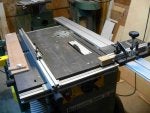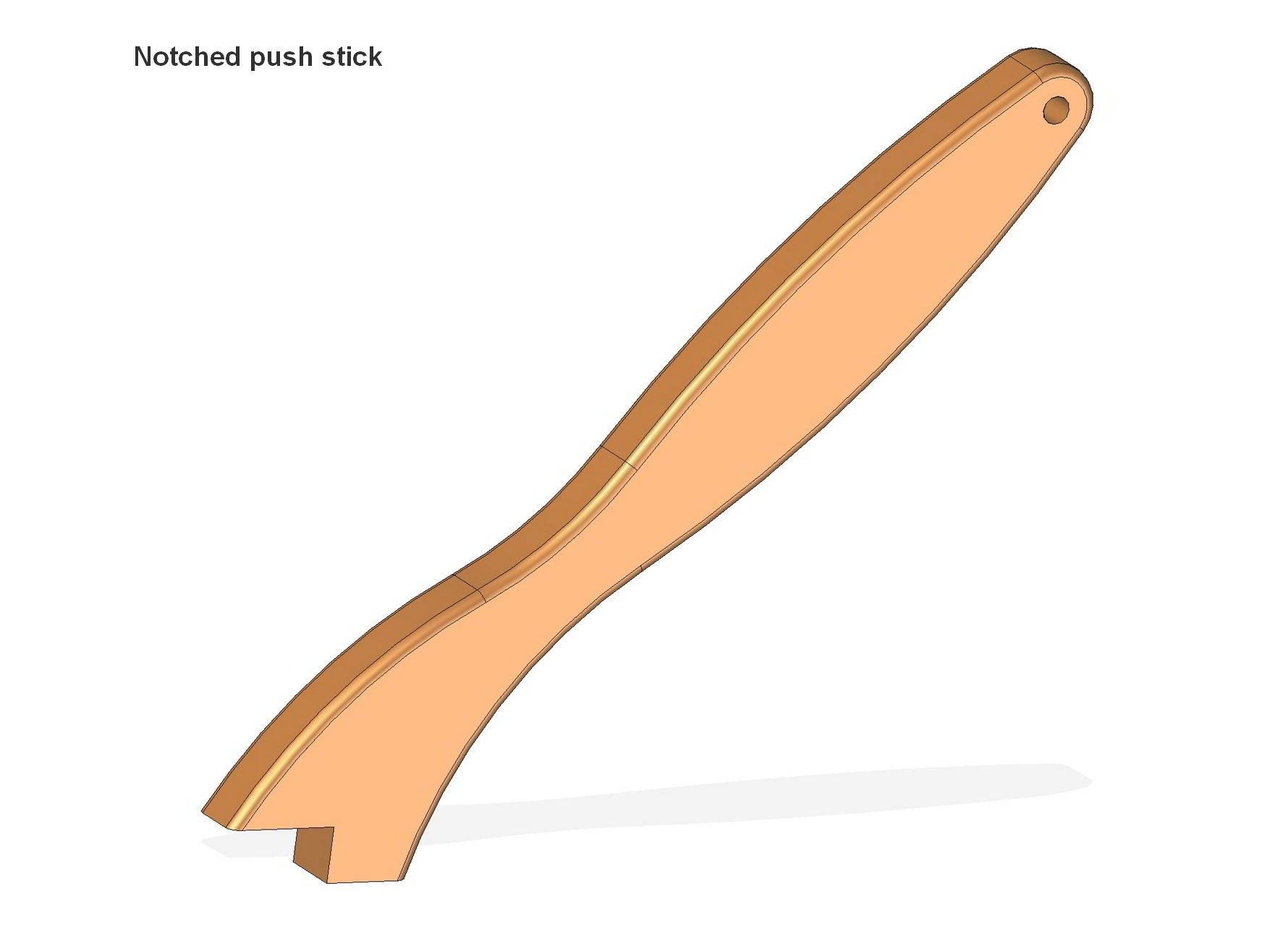The only reason I dare to mention this, is, on a machinist site, a fellow wondered- Why do wood workers tend to stand on the left side of the saw?
On many saws, the controls, and switch are on the left side.
Most wood workers use the left side miter slot.
Iam a machinist also, most metal working machines are made to be operated from the right side, such as lathes and milling type machines.
I dont want to seem critical on this subject, just curious.
One example is the radial saw,
Most often, it is seen where the operator uses the right hand on the saw head, the left hand doing things on the blade side.
Iam very uncomfortable doing that,
I use the left hand on the saw head, feed the work with the right hand using a slim push block for under the motor clearance.
On the Table saw, Iam much more comfortable doing most everything on the right side of the blade.
When ripping for example, I keep myself more on the right side of the fence, never in front of the work piece or the blade.
Iam much more comfortable using the miter in the right slot.
About the only time, Iam on the left side is when using a tenoning jig, then hanging pretty far to the left.
It just seems safer to me, maybe just because Iam more used to the metal working machines.
Don
On many saws, the controls, and switch are on the left side.
Most wood workers use the left side miter slot.
Iam a machinist also, most metal working machines are made to be operated from the right side, such as lathes and milling type machines.
I dont want to seem critical on this subject, just curious.
One example is the radial saw,
Most often, it is seen where the operator uses the right hand on the saw head, the left hand doing things on the blade side.
Iam very uncomfortable doing that,
I use the left hand on the saw head, feed the work with the right hand using a slim push block for under the motor clearance.
On the Table saw, Iam much more comfortable doing most everything on the right side of the blade.
When ripping for example, I keep myself more on the right side of the fence, never in front of the work piece or the blade.
Iam much more comfortable using the miter in the right slot.
About the only time, Iam on the left side is when using a tenoning jig, then hanging pretty far to the left.
It just seems safer to me, maybe just because Iam more used to the metal working machines.
Don












